Decoding the special architecture
According to Associate Professor, Dr. Bui Minh Tri, underground archaeological discoveries at 18 Hoang Dieu (2002-2004) and the area where the National Assembly House was built (2008-2009) found a complex of 53 traces of architectural foundations, 7 wall foundations, 6 wells, authentically proving the history of the construction of the splendid Thang Long Citadel under the Ly Dynasty. This is considered the most important discovery of Vietnamese archaeology to date. And thanks to this historical discovery, the Imperial Citadel of Thang Long (HTTL) was later honored by UNESCO as a World Cultural Heritage in October 2010.
 Ly Dynasty artifacts discovered at Thang Long Imperial Citadel. Photo: Institute of Scientific Research.
Ly Dynasty artifacts discovered at Thang Long Imperial Citadel. Photo: Institute of Scientific Research.
Since then, although archaeology has convincingly proven that the architectural foundations of the Ly Dynasty palace underground in the HTTL relic site are all wooden structures, with elaborate and magnificent tiled roofs, rarely found anywhere else, becoming the pride of the heritage. However, the architectural form of the Ly Dynasty palace is still a mystery, without enough basis to identify it like the architecture of the Forbidden City - Beijing (China), Changdokung (Seoul - Korea) or Nara (Japan). Because the Ly Dynasty palace architecture belongs to the ancient architecture that has been lost. Therefore, the research to restore the architectural form is extremely difficult. After 10 years since being recognized as a World Cultural Heritage, HTTL has not been able to introduce to the public the image and unique beauty of the palace architecture in the ancient Thang Long Imperial Palace.

Image of Ly Dynasty Palace Restoration on the ancient palace foundation. Photo: Institute of Scientific Research.
Over the years, in order to decode the mysteries of the architectural form of the palace in the Imperial Citadel of Thang Long, the Institute of Technical Research after its establishment in 2011 (formerly the Imperial Citadel Research Center), was assigned by the Vietnam Academy of Social Sciences to be the unit in charge of organizing the implementation of the Project "Registering, researching, evaluating the value and establishing a scientific profile of the HTTL relic site" (referred to as the Refinement Project). The implementation tasks include organizing re-investigation, excavation, research, and evaluating the value of the HTTL relic site at 18 Hoang Dieu and the area where the National Assembly House was built.
During the years 2011-2014, when organizing re-investigation and excavation for archaeological research at 18 Hoang Dieu, the Institute of Scientific Research discovered many new scientific issues, clarifying the nature, age and function of the types of architectural relics that had emerged since 2004. Based on that data, the Institute established a valuable system of general drawings of the architectural plan of the Ly Dynasty palace. At the same time, it promoted comparative research, collected data, and built a database system on architecture and architectural form. From there, the research to decode the architectural form of the Ly Dynasty palace began to be deployed.
 Sketch of the architectural form of the Ly Dynasty palace. Photo: Institute of Scientific Research.
Sketch of the architectural form of the Ly Dynasty palace. Photo: Institute of Scientific Research.
The important discovery and key to successfully decoding the architectural form of the Ly Dynasty palace is the "dou gong" architecture.
Dou Gong is an architectural term originating from China. It is a type of roof support structure consisting of two components, the “dou” and the “gong”. In which, the “dou” acts as a support, while the “gong” is shaped like an elbow, acting as a support, used to support another structure above.
 "Dou gong" - the key to decoding the architectural form of Ly Dynasty palaces. Photo: Institute of Scientific Research.
"Dou gong" - the key to decoding the architectural form of Ly Dynasty palaces. Photo: Institute of Scientific Research.
In particular, in the HTTL relic site, we also found a very unique hexagonal tower system located in front of the long palace in the North and a large, majestic octagonal architecture that can be compared to the famous Shakyamuni Tower architecture of China during the Song Dynasty in the South.
Bringing heritage closer to the public
From the successful decoding, the Institute of Technical Research continues to research and restore the overall architectural form of the HTTL relic site. The panoramic picture of the palace and the Ly Dynasty's towers is recreated on the basis of archaeological traces underground in the 18 Hoang Dieu relic site and the area where the National Assembly House was built. 64 architectural works in HTTL have been researched and restored, including 38 palace and corridor architectural works, 26 hexagonal structures and the system of surrounding walls, roads and gates to the construction.
The Institute has researched and reconstructed the 3D architectural form of the Ly Dynasty palace and introduced it at the archaeological exhibition area in the basement of the National Assembly House. Images of the Ly Dynasty palace architecture after more than a thousand years have been recreated, helping viewers visualize more clearly and feel more deeply the magnificent beauty of the architecture in the ancient Thang Long Imperial Palace.
 Artifacts displayed in the basement of the National Assembly House help viewers clearly visualize the beauty of the Ly Dynasty royal palace architecture. Photo: HA ANH.
Artifacts displayed in the basement of the National Assembly House help viewers clearly visualize the beauty of the Ly Dynasty royal palace architecture. Photo: HA ANH.
“In the years 2011-2020, the Institute has completed a huge amount of work of the Refinement Project and has had many important scientific achievements in research and assessment of the value of relics and artifacts of the HTTL relic site. Among them, the most outstanding and important achievement in research on relics is the study to decode the mysteries of the architectural form of the palace in the Thang Long Imperial Citadel based on archaeological traces and historical documentary clues”, Associate Professor, Dr. Bui Minh Tri said.
In addition, the Institute has compiled the book “Institute of Imperial City Studies - Journey and Imprints”. This is a smart book, readers can use their phones to scan QR codes to read articles, view Media or visit the 3D virtual museum about “dau cong” architecture; architectural form of the Ly Dynasty palace in the area where the National Assembly House was built based on archaeological documents and comparison results with ancient palace architecture of Asian countries…
 Bringing heritage closer to the public through exhibitions and the application of information technology is being continued by the Institute of Scientific Research. Photo: HA ANH.
Bringing heritage closer to the public through exhibitions and the application of information technology is being continued by the Institute of Scientific Research. Photo: HA ANH.
In the plan to preserve and promote the value of HTTL heritage, bringing the heritage closer to the public, a HTTL museum will be deployed on an area of 1,000m2 / 2 floors with the participation of many agencies and units. The Institute of Technical Research is another unit that also adjusted the artifacts excavated at HTTL to hand over to the Thang Long - Hanoi Heritage Conservation Center for display in the museum. Among them, there is a bowl of the king of the early Le dynasty; many other precious artifacts such as the lid of a green enamel box from the Ly dynasty or a gold piece decorated with a dragon from the Ly dynasty...
Source: https://www.qdnd.vn/van-hoa/doi-song/giai-ma-nhung-bi-an-kien-truc-cung-dien-viet-nam-thoi-ly-657203




![[Photo] Cat Ba - Green island paradise](/_next/image?url=https%3A%2F%2Fvphoto.vietnam.vn%2Fthumb%2F1200x675%2Fvietnam%2Fresource%2FIMAGE%2F2025%2F12%2F04%2F1764821844074_ndo_br_1-dcbthienduongxanh638-jpg.webp&w=3840&q=75)



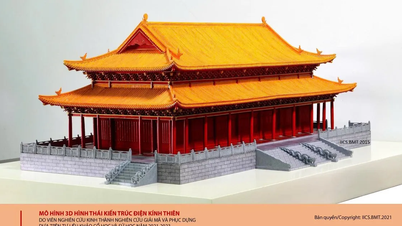



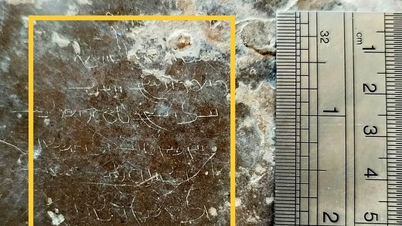

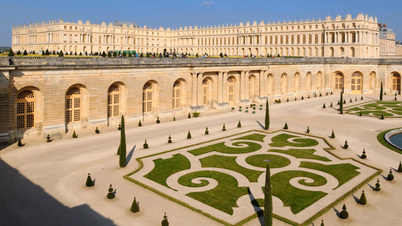



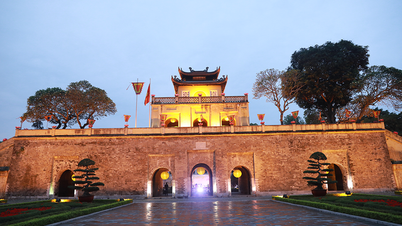

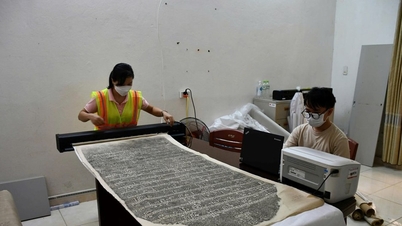



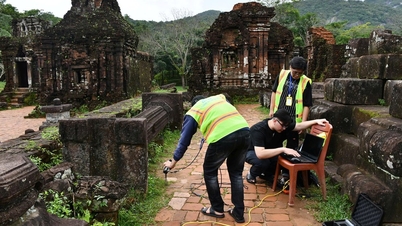

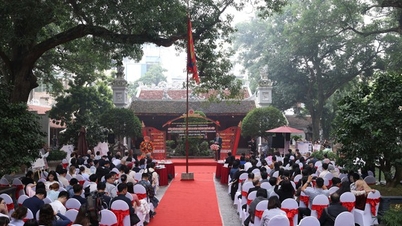








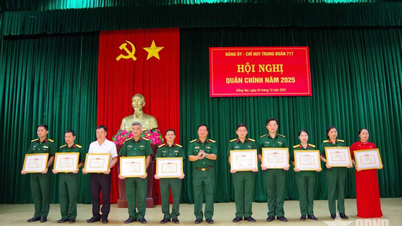
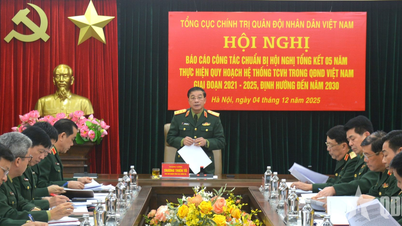

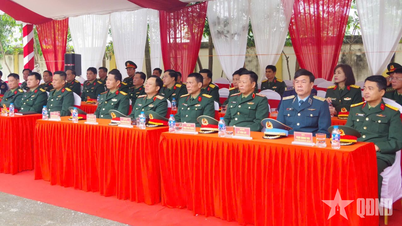

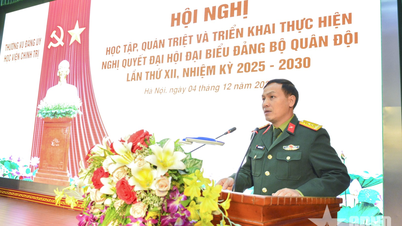

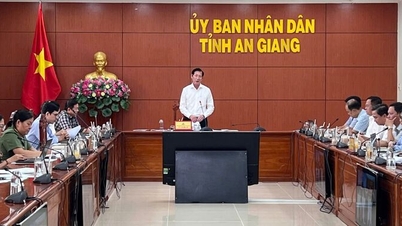

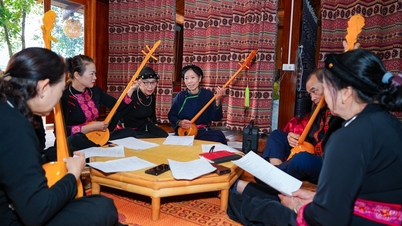


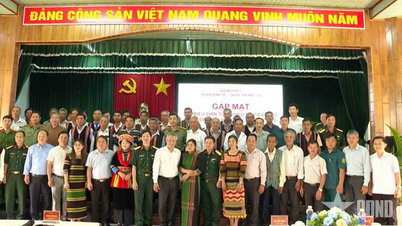


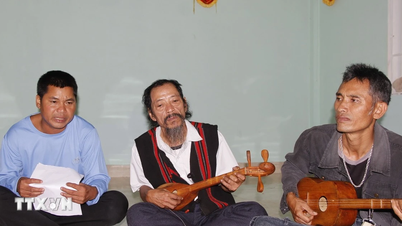


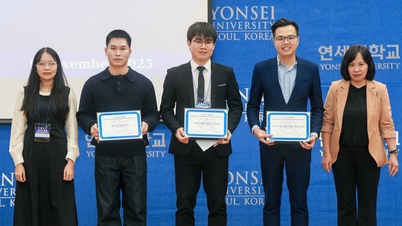

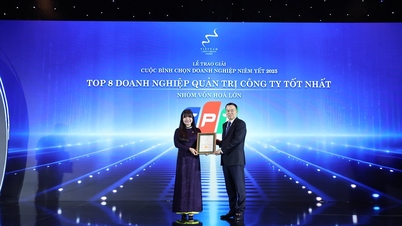



![[VIMC 40 days of lightning speed] Da Nang Port: Unity - Lightning speed - Breakthrough to the finish line](https://vphoto.vietnam.vn/thumb/402x226/vietnam/resource/IMAGE/2025/12/04/1764833540882_cdn_4-12-25.jpeg)
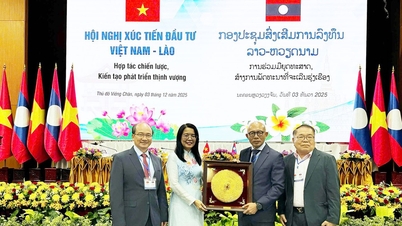


















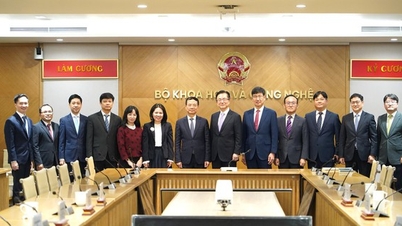







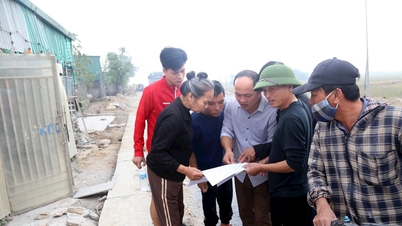



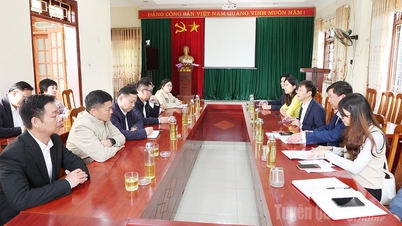



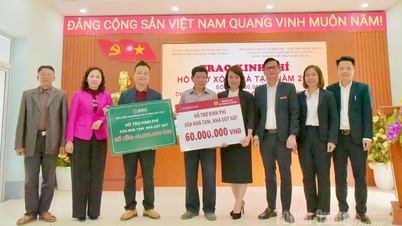












Comment (0)